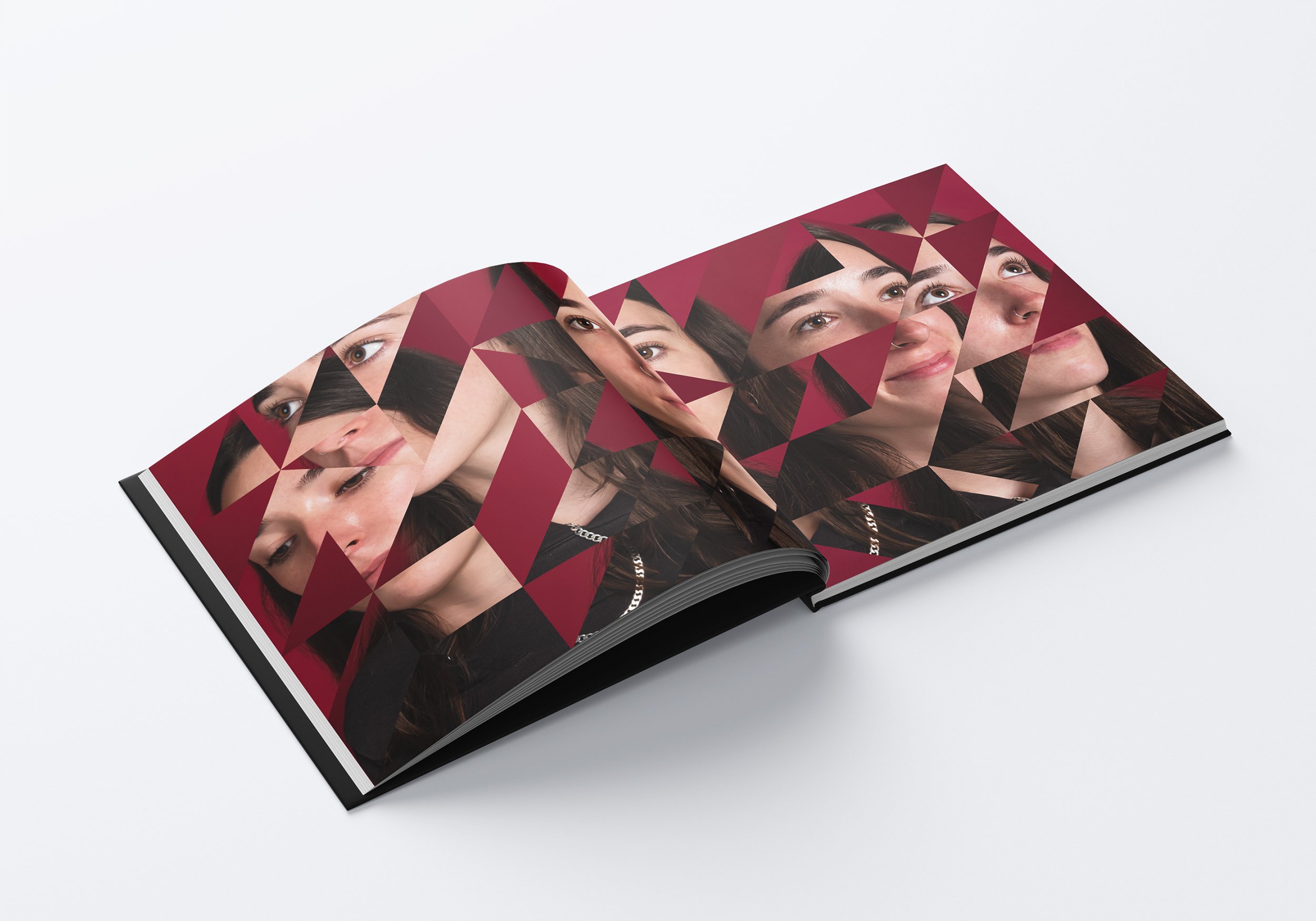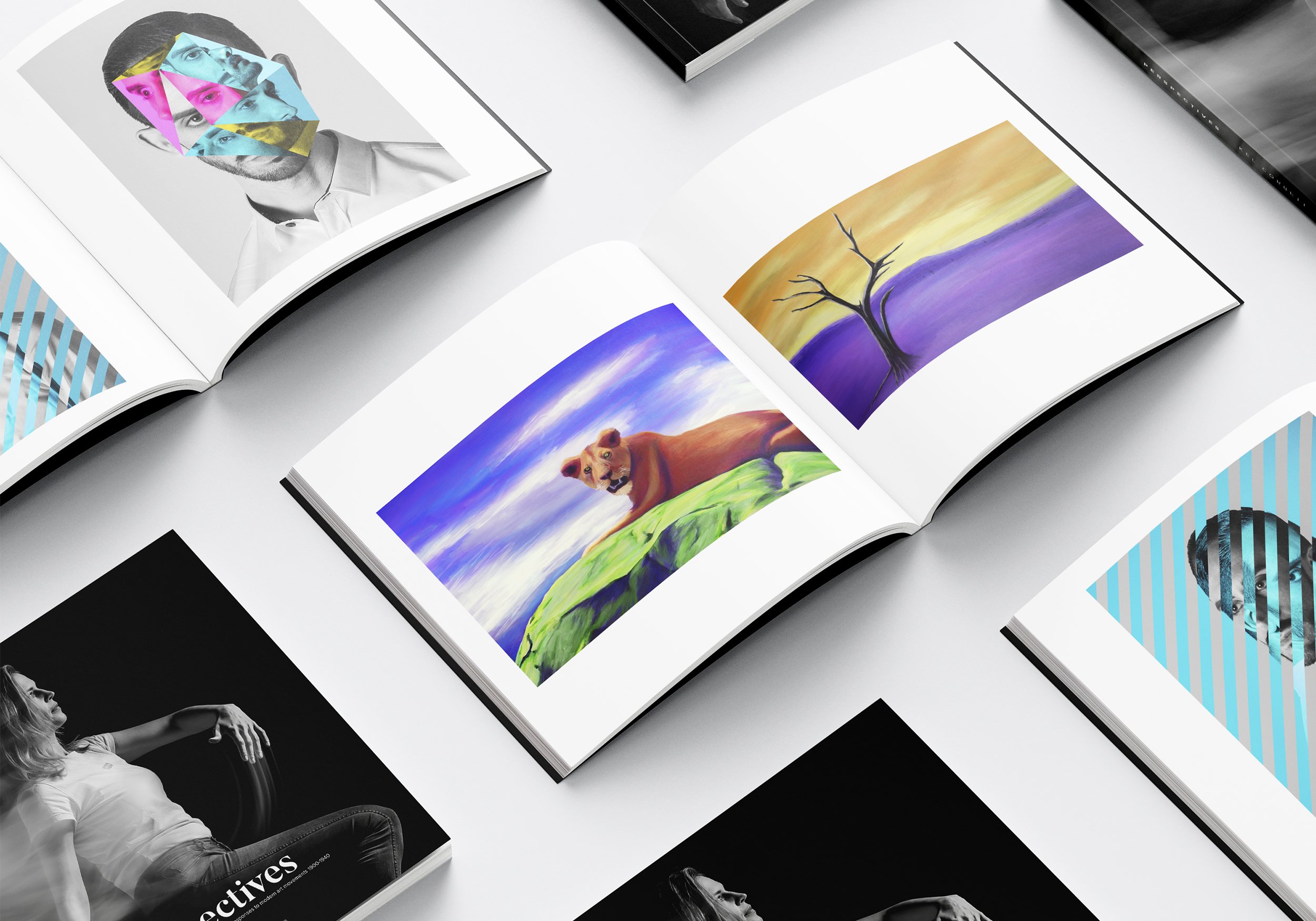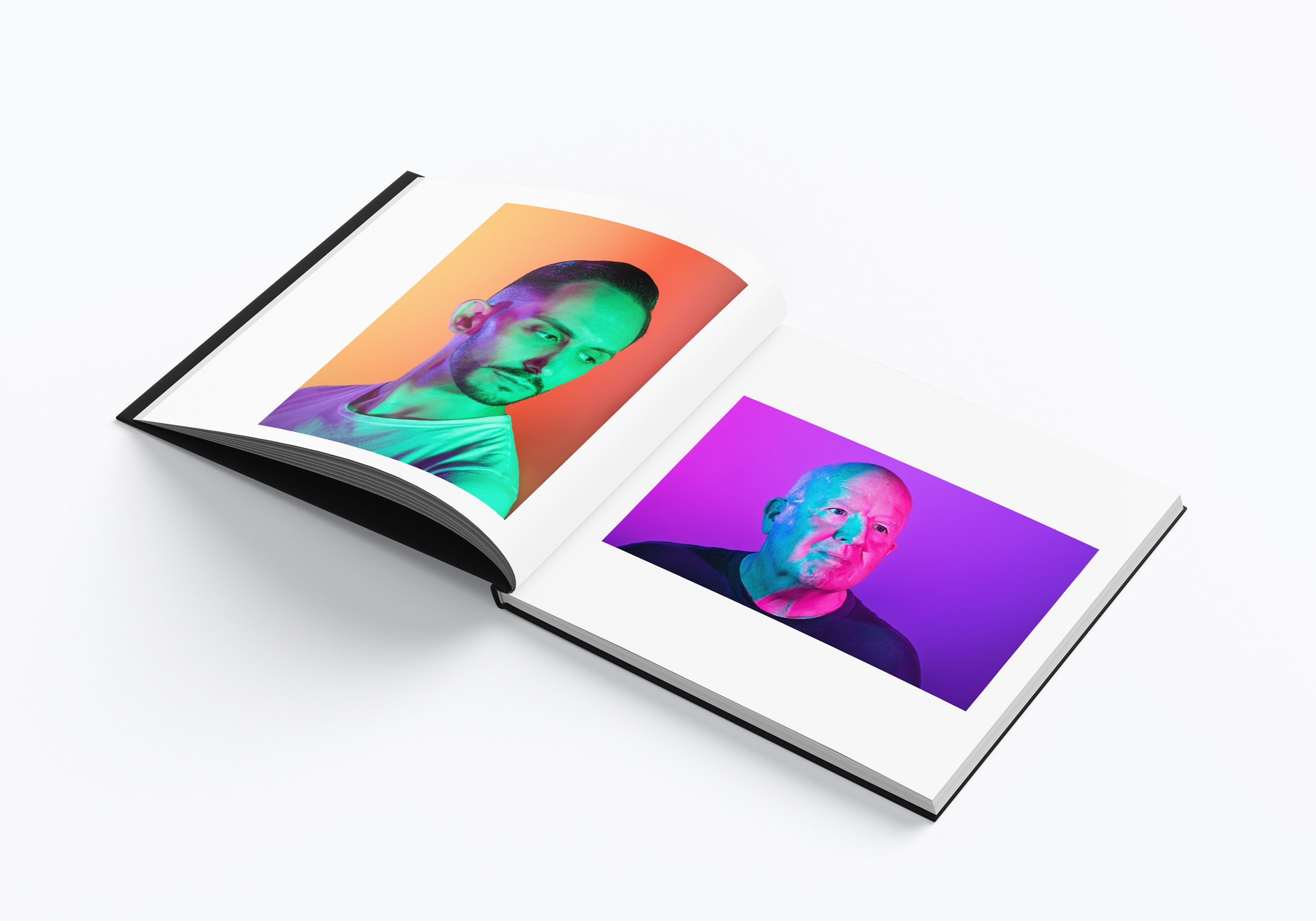Perspectives photo book
Perspectives is a book that consists of photographic responses to modern art movements covering the period 1900-1940.
This was a time of monumental political, cultural, ideological, technological and social change. The two great world wars tore nations and empires apart, political ideologies vied for supremacy, and technological innovations transformed the world. Europe was the epicentre of this upheaval, and all of these factors impacted the myriad of radical art movements that emerged during this time.
The book is comprised of five chapters, each containing six photographs in response to the following art movements – Fauvism, Expressionism, Cubism, Futurism and Vorticism. I’ve taken into consideration the beliefs, ideologies, techniques and styles of each movement when creating my images – but have framed them from a modern, contemporary vantage point.
In some instances I have chosen a relatively specific aspect of a movement on which to base my photographs, whilst in others I have taken a more holistic approach. The resulting work is my own, very personal response to each of the movements. A proof of concept has been designed and printed, with plans for it to be available for sale in the near future.
Chapter 1 – Fauvism
Primarily a French movement, the Fauvists were known for their distinct, expressive brushstrokes – discarding realistic use of colour, in favour of bold, vibrant palettes. I’ve explored the possibilities of giving my photographs a painterly aesthetic, through a similar use of colour and brush strokes (by digitally ‘repainting’ my photos with an iPad and Apple Pencil).
Chapter 2 – Expressionism
Largely based in Germany, Expressionist artists placed emphasis on the self, exploring their inner feelings and emotions, which was often expressed through bold, abstract colour palettes. With the rise of Hitler, they faced persecution by the Nazis amongst many others. I have photographed friends from the gay community – a group who still face much persecution in modern times. The expressive use of colour in my images draws inspiration particularly from Franz Marc’s work, whilst alluding to the rainbow pride flag.
Chapter 3 – Cubism
In a truly radical departure from realism, the Cubists abandoned one-point perspective to portray their subjects from multiple vantage points. They emphasised flat, two-dimensional picture planes, often reducing their compositions to a series of abstract, geometric shapes. Rather than capturing a fleeting moment in time from a single viewpoint, I’m depicting my subjects from multiple perspectives – portraying different emotions, expressions and facets of their personality over a period of time.
Chapter 4 – Futurism
The Futurists embraced and glorified anything to do with modernity – with cars, aeroplanes, trains and weapons of war being frequent themes. I am exploring their preoccupation with movement, speed, power and dynamism. But I’ve discarded their aggressive masculinity, instead expressing these ideas through a more delicate, feminine aesthetic.
Chapter 5 – Vorticism
Vorticism was a short-lived, radical artistic and literary movement that in many ways can be seen as a British equivalent or counter point to Futurism, with a similar veneration of machines, industrialisation and urbanisation. Their paintings typically featured bold lines, strong colours, fragmentation and graphic compositions. I am carrying on in the spirit of Alvin Coburn’s experimental, abstract photographs (known as vortographs) through the style of street photography – emphasising the strong, graphic compositions typical of the movement.
Like what you see? 📸
If you’re interested in buying a print or hiring me then let’s chat











































